Research suggests a wooden future for skyscrapers
July 30, 2013 Leave a comment
Skyscrapers dominate the skylines of our major cities, offering more urban density and greater flexibility than smaller buildings. However, concrete- and steel-based tall structures require huge amounts of energy for their construction, which comes at a significant environmental cost. This can be mitigated by incorporating technologies such as solar power, passive cooling systems and efficient lighting into the design, but what if we could go even further and build skyscrapers using sustainable materials? Herein lies the impetus behind recent research into the efficacy of wooden skyscrapers.
Before considering the technical hurdles of constructing tall buildings from wood, perhaps the first question which should be asked is: what are the specific benefits wood can offer over concrete and steel?
Sustainability
The single most compelling argument in favor of building wooden skyscrapers is the fact that, providing the timber is sourced responsibly, they represent an opportunity to create a sustainable building on a truly grand scale, cutting down on overall CO2 output as a result.
As a recent lengthy report on the subject by Michael Green Architects (MGA) entitled “Tall Wood” [PDF] asserts:
“Over the last twenty years, as the world’s understanding of anthropogenic climate change has evolved, we have seen the large impact that buildings contribute to the greenhouse gases causing climate change. Concrete production represents roughly 5 percent of world carbon dioxide emissions, the dominant greenhouse gas. In essence the production and transportation of concrete represents more than 5 times the carbon footprint of the airline industry as a whole. It is clear that the very fundamentals of what materials we build our buildings with are worth re-evaluating.”
The “Timber Towers” [PDF] report produced by Skidmore, Owings & Merrill (SOM) cites the potential to compete with reinforced concrete and steel, while reducing the carbon footprint by 60 to 75 percent.
Structural Strength
To cope with the heavy load, stresses, and vibrations a skyscraper undergoes daily, it needs to be built from material far more durable than normal timber. The SOM and MGA reports both agree that the solution to constructing tall buildings from wood rests on the use of “Mass Timber.”
SOM’s report defines Mass Timber as solid panels of wood, engineered for greater strength through the lamination of different layers.
SOM’s researchers prefer to add concrete connecting joints when building with Mass Timber, while MGA utilizes steel to reinforce the mass timber panels. Whichever reinforcing method is chosen, the result is a very tough building material which is worlds away from the timber framing used to build many homes, and suitable for tall buildings up to 30 stories in height, even in high seismic areas like Vancouver.
(Excerpt of article by Adam Williams. NOT AFFILIATED WITH LAMBOO)
Lamboo, Laminated Veneer Bamboo (LVB), is unmatched in its potential as an environmentally friendly and structurally stable building material. Bamboo can be produced on a large scale with much more ease than timber forests cutting costs and limiting energy consumption. Testing and predictions from experts has led to Bamboo being referred to as “the next super material” due to its amazing attributes and resiliency.
In its engineered form (Lamboo) bamboo is the ideal bio-based product for applications requiring superior structural strength and longevity. In fact, Lamboo components are on average 20% more stable than hardwoods and up to 40% more stable than softwoods such as Pine or Douglas Fir.
Lamboo’s popularity as a sustainable, higher performing product is growing; we encourage you to learn more from the links below and to contact us with any questions that should arise.
About Bamboo as a resource
– Produces 30% more oxygen in comparison to similar size timber forest area
– Sequesters 35% more carbon in comparison to similar size timber forest area
– Growth rate of 6-8 years to maturity (In comparison to 25-50 for traditional timber)
– Root structure eliminates need to replant
Learn more about Lamboo
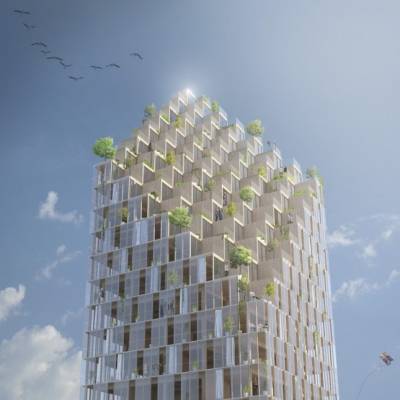
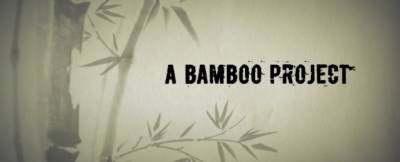
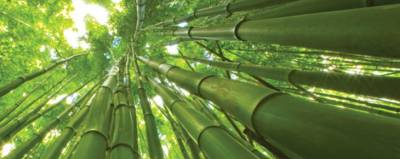


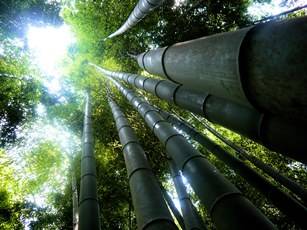




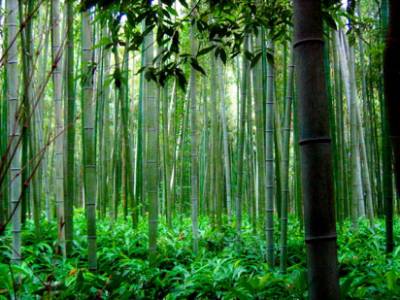
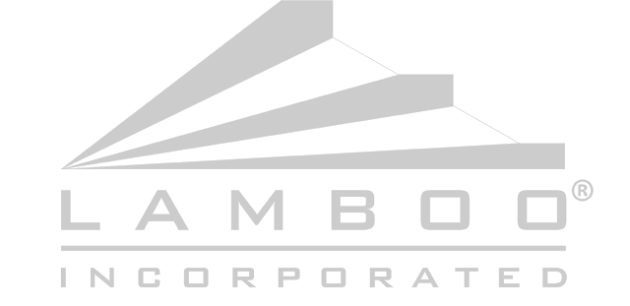 ___________________________________________________________________________________________
___________________________________________________________________________________________










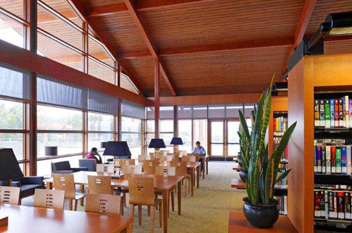
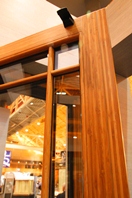
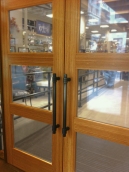
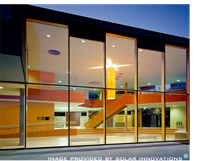

 (715) 843-0242
(715) 843-0242







